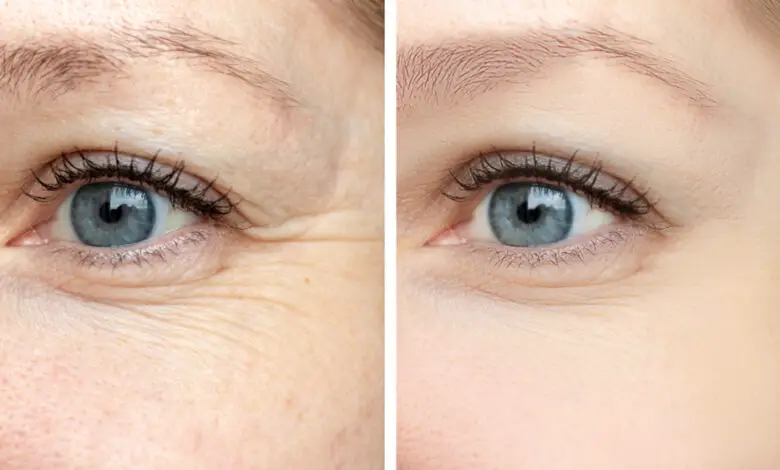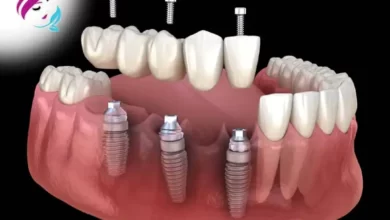dermatological problem, full guide

dermatological problem – Skin Diseases
Skin diseases are conditions that affect your skin. These diseases may cause rashes, inflammation,
itchiness or other skin changes. Some skin conditions may be genetic, while lifestyle factors may cause others. Skin disease treatment may include medications, creams or ointments, or lifestyle changes.
What are (dermatological problem) skin diseases?
Your skin is the large organ that covers and protects your body. Your skin has many functions. It works to:
- Hold in fluid and prevent dehydration.
- Help you feel sensations, such as temperature or pain.
- Keep out bacteria, viruses and other causes of infection.
- Stabilize your body temperature.
- Synthesize (create) vitamin D in response to sun exposure.
Skin diseases include all conditions that clog, irritate or inflame your skin. Often, skin diseases cause rashes or other changes in your skin’s appearance.
What are the most common types of skin diseases?
Some skin diseases are minor. Others cause severe symptoms. Some of the most common skin diseases include:
- Acne, blocked skin follicles that lead to oil, bacteria and dead skin buildup in your pores.
- Alopecia areata, losing your hair in small patches.
- Atopic dermatitis (eczema), dry, itchy skin that leads to swelling, cracking or scaliness.
- Psoriasis, scaly skin that may swell or feel hot.
- Raynaud’s phenomenon, periodic reduced blood flow to your fingers, toes or other body parts, causing numbness or skin color change.
- Rosacea, flushed, thick skin and pimples, usually on the face.
- Skin cancer, uncontrolled growth of abnormal skin cells.
- Vitiligo, patches of skin that lose pigment.
What are some types of rare skin diseases?
Many rare skin diseases are genetic, meaning you inherit them. Some rare skin diseases include:
- Actinic prurigo (AP), itchy rash in response to sun exposure.
- Argyria, changes in skin color due to silver buildup in your body.
- Chromhidrosis, colored sweat.
- Epidermolysis bullosa, a connective tissue disorder that causes fragile skin that blisters and tears easily.
- Harlequin ichthyosis, thick, hard patches or plates on the skin that are present at birth.
- Lamellar ichthyosis, waxy skin layer that sheds in the first few weeks of life, revealing scaly, red skin.
- Necrobiosis lipoidica, rash on the lower legs that can develop into ulcers (sores).
SYMPTOMS AND CAUSES
What causes skin diseases?
Certain lifestyle factors can lead to the development of a skin disease. Underlying health conditions may affect your skin, too. Common causes of skin diseases include:
- Bacteria trapped in your pores or hair follicles.
- Conditions that affect your thyroid, kidneys or immune system.
- Contact with environmental triggers, such as allergens or another person’s skin.
- Genetics
- Fungus or parasites living on your skin.
- Medications, such as the ones that treat inflammatory bowel disease (IBD).
- Viruses.
- Diabetes.
- Sun.
What are the symptoms of skin diseases?
Skin disease symptoms vary significantly, depending on what condition you have. Skin changes are not always due to skin diseases. For example, you may get a blister from wearing ill-fitting shoes. However, when skin changes show up with no known cause, they may be linked to an underlying condition.
Generally, skin diseases may cause:
- Discolored skin patches (abnormal pigmentation).
- Dry skin.
- Open sores, lesions or ulcers.
- Peeling skin.
- Rashes, possibly with itchiness or pain.
- Red, white or pus-filled bumps.
- Scaly or rough skin.
DIAGNOSIS AND TESTS
How is a skin disease diagnosed?
Often, a healthcare provider can diagnose a skin disease by visually examining your skin. If looking at your skin doesn’t provide clear answers, your provider may use tests such as:
- Biopsy, removing a small piece of skin to examine under a microscope.
- Culture, taking a skin sample to test for bacteria, fungus or viruses.
- Skin patch test, applying small amounts of substances to test for allergic reactions.
- Black light examination (Wood light test), using an ultraviolet (UV) light to view your skin’s pigment more clearly.
- Diascopy, pressing a microscope slide against a skin patch to see if the skin changes color.
- Dermoscopy, using a hand-held device called a dermatoscope to diagnose skin lesions.
- Tzanck test, examining the fluid from a blister to check for herpes simplex or herpes zoster.
MANAGEMENT AND TREATMENT
How are skin diseases treated?
Many skin diseases respond well to treatment. Depending on the condition, a dermatologist (doctor specializing in skin) or other healthcare provider may recommend:
- Antibiotics.
- Antihistamines.
- Laser skin resurfacing.
- Medicated creams, ointments or gels.
- Moisturizers.
- Oral medications (taken by mouth).
- Steroid pills, creams or injections.
- Surgical procedures.
You may also reduce symptoms of skin conditions by making lifestyle changes:
- Avoid or limit certain foods, such as sugar or dairy, if your healthcare provider suggests it.
- Manage stress.
- Practice good hygiene, including proper skin care.
- Avoid excessive alcohol use and smoking.
PREVENTION
Are there conditions that put me at higher risk of developing a skin disease?
Some health conditions can increase your chances of developing a skin disease. You may be more likely to experience skin changes or symptoms if you have:
- Diabetes: People with diabetes may have trouble with wound healing, particularly on their feet.
- Inflammatory bowel disease (IBD): Some IBD medications can lead to skin problems such as vitiligo or eczema.
- Lupus: This chronic condition can lead to inflammation and skin problems, such as rashes, sores or scaly skin patches.
Skin changes can also be the result of pregnancy, stress or hormonal changes. For example, melasma is a common skin disease that mostly affects pregnant women. Conditions like alopecia areata, acne, Raynaud’s phenomenon or rosacea may get worse when you’re stressed.
How can I prevent skin diseases?
Some skin diseases are not preventable. For example, there is no way to change your genetics or prevent an autoimmune disorder.
You can take steps to avoid contagious or infectious skin diseases. You may prevent contagious skin diseases or reduce their symptoms if you:
- Avoid sharing utensils, personal items or cosmetics.
- Disinfect objects you use in public spaces, such as gym equipment.
- Drink plenty of water and eat a nutritious diet.
- Limit contact with irritants or harsh chemicals.
- Sleep seven to eight hours per night.
- Use sun protection to prevent sunburn and other sun damage.
- Wash your hands regularly with soap and water.
OUTLOOK / PROGNOSIS
Do skin diseases usually return after treatment?
Many skin conditions are chronic (long-lasting). Treatment can reduce symptoms, but you may need to continue medication or other treatments to keep symptoms at bay.
Some skin conditions go away without treatment. You may also have periods of remission (months or years with no symptoms).
LIVING WITH
What else should I ask my doctor?
You may also want to ask your healthcare provider:
- What is the most likely cause of this skin condition?
- What lifestyle changes can reduce symptoms?
- Do I need to take medication?
- Are there any side effects of treatment?
- If I choose not to have treatment, will the condition get worse?
A note from Cleveland Clinic
Skin diseases include all conditions that irritate, clog or damage your skin, as well as skin cancer. You may
inherit a skin condition or develop a skin disease. Many skin diseases cause itchiness, dry skin or rashes. Often, you can manage these symptoms with medication, proper skin care and lifestyle changes. However, treatment can reduce symptoms and may even keep them at bay for months at a time. Many skin conditions never go away completely. Also, remember to check your skin for any changes, including new or non-healing spots or changes in moles. Most skin cancers can be cured if diagnosed and treated early.
Code is:
IPHONEX





اترك تعليقاً